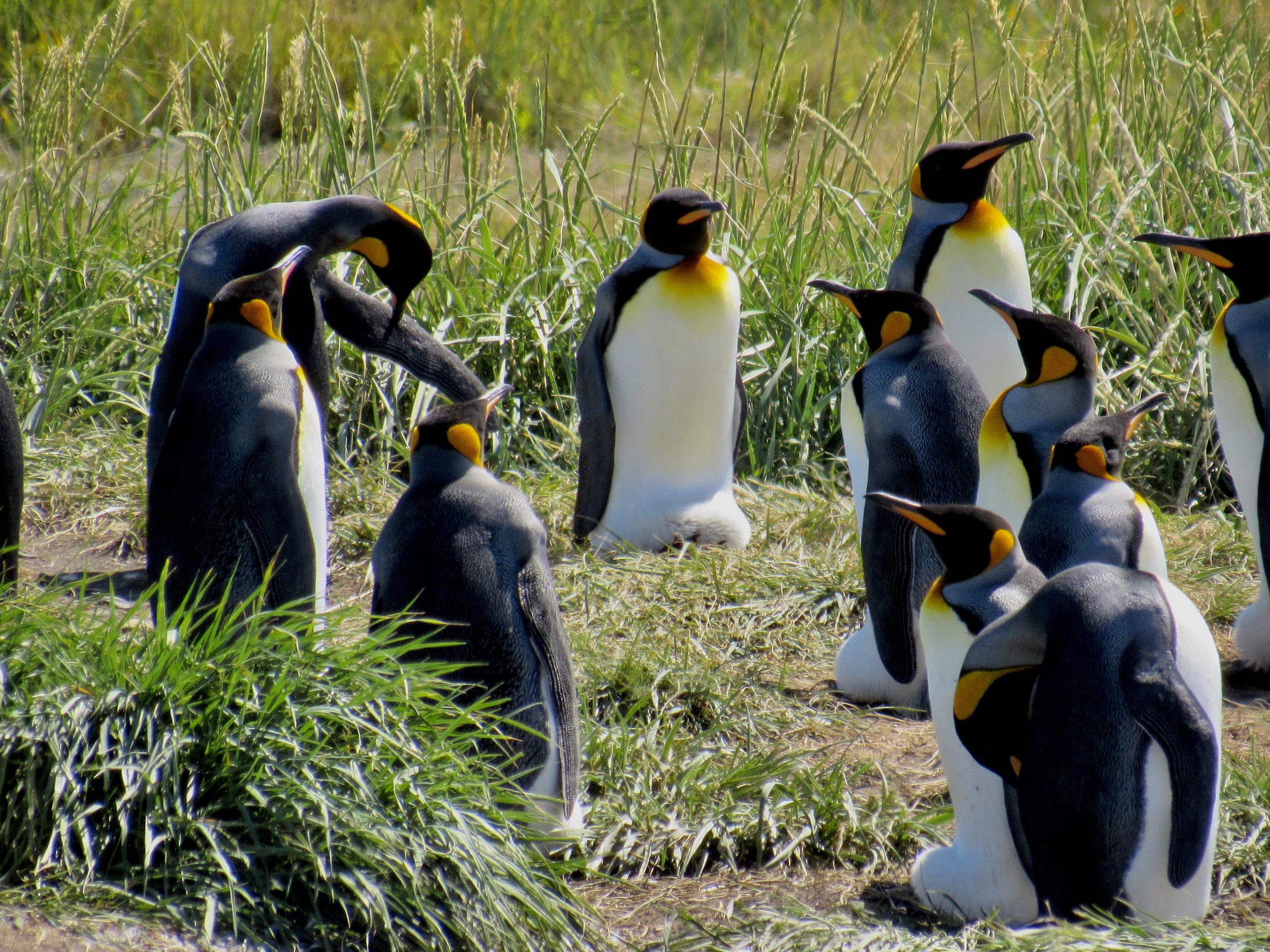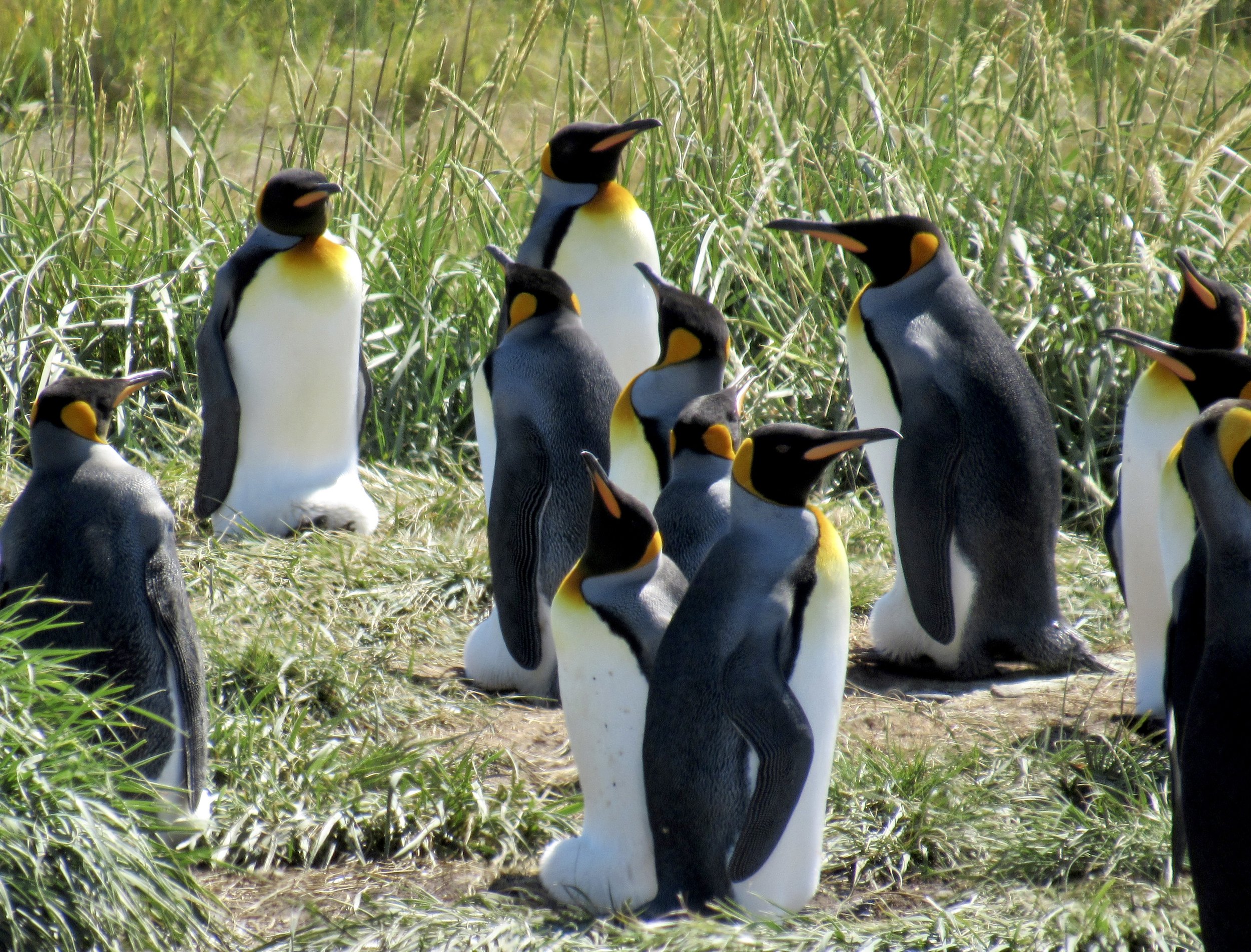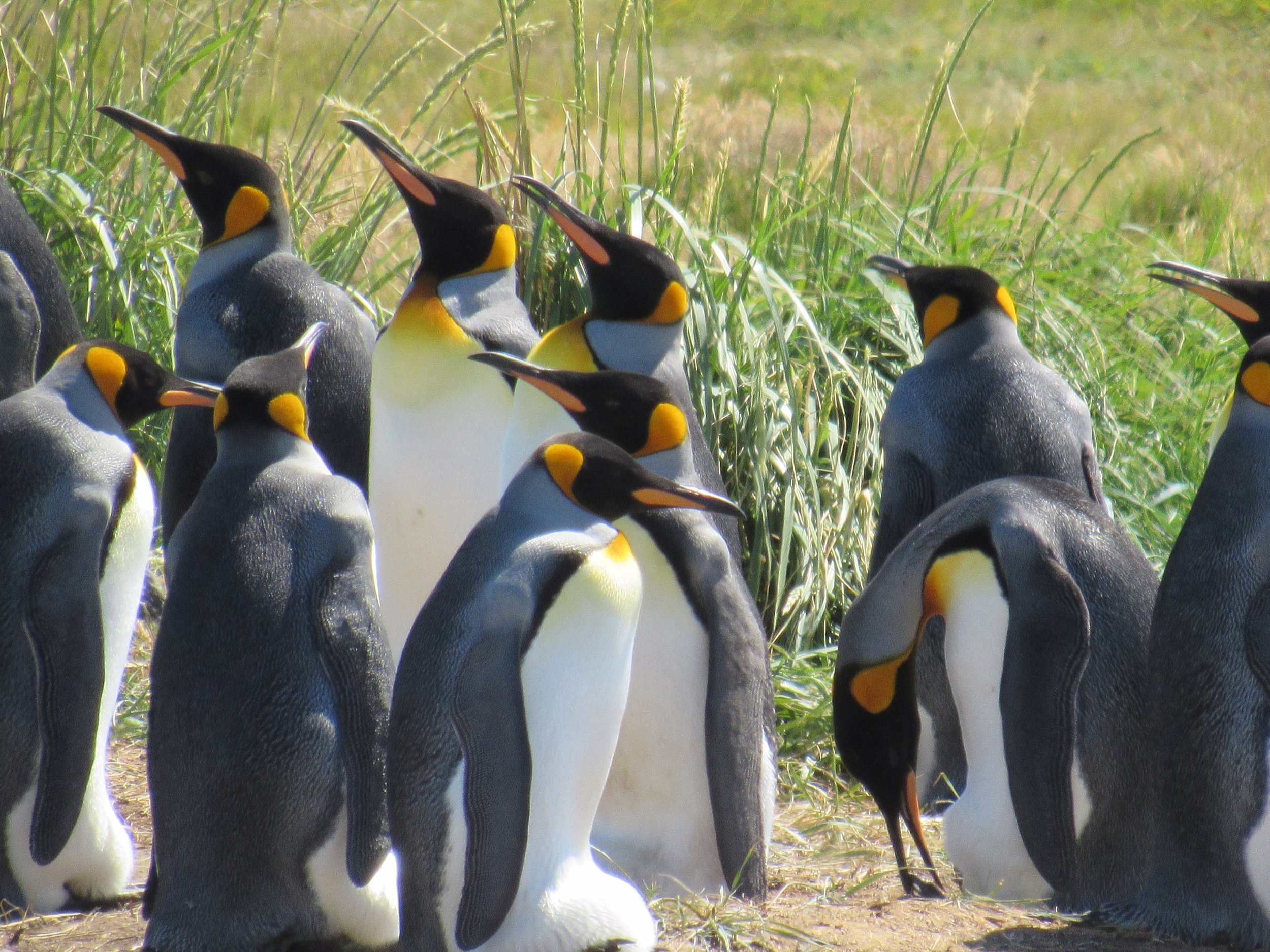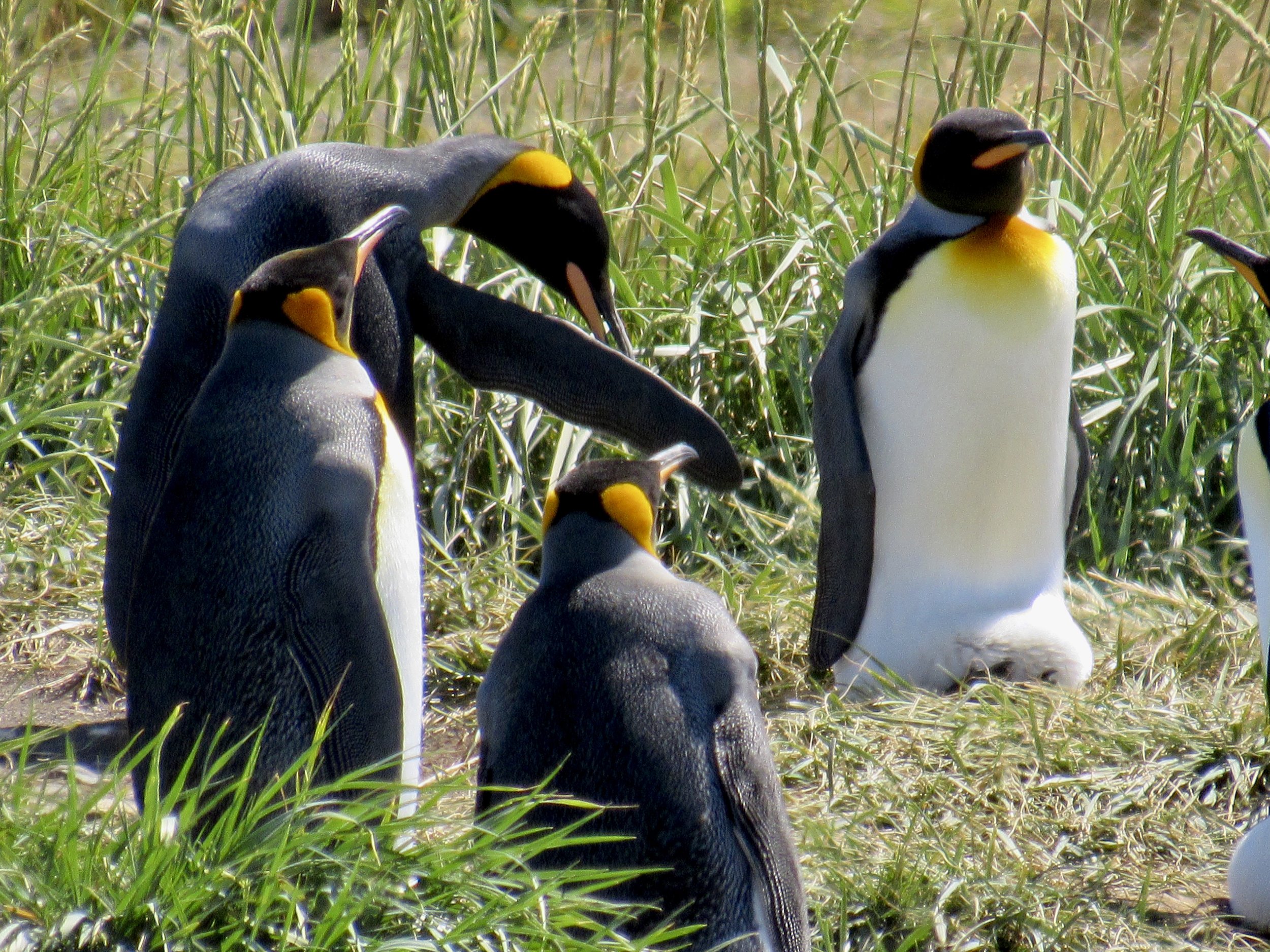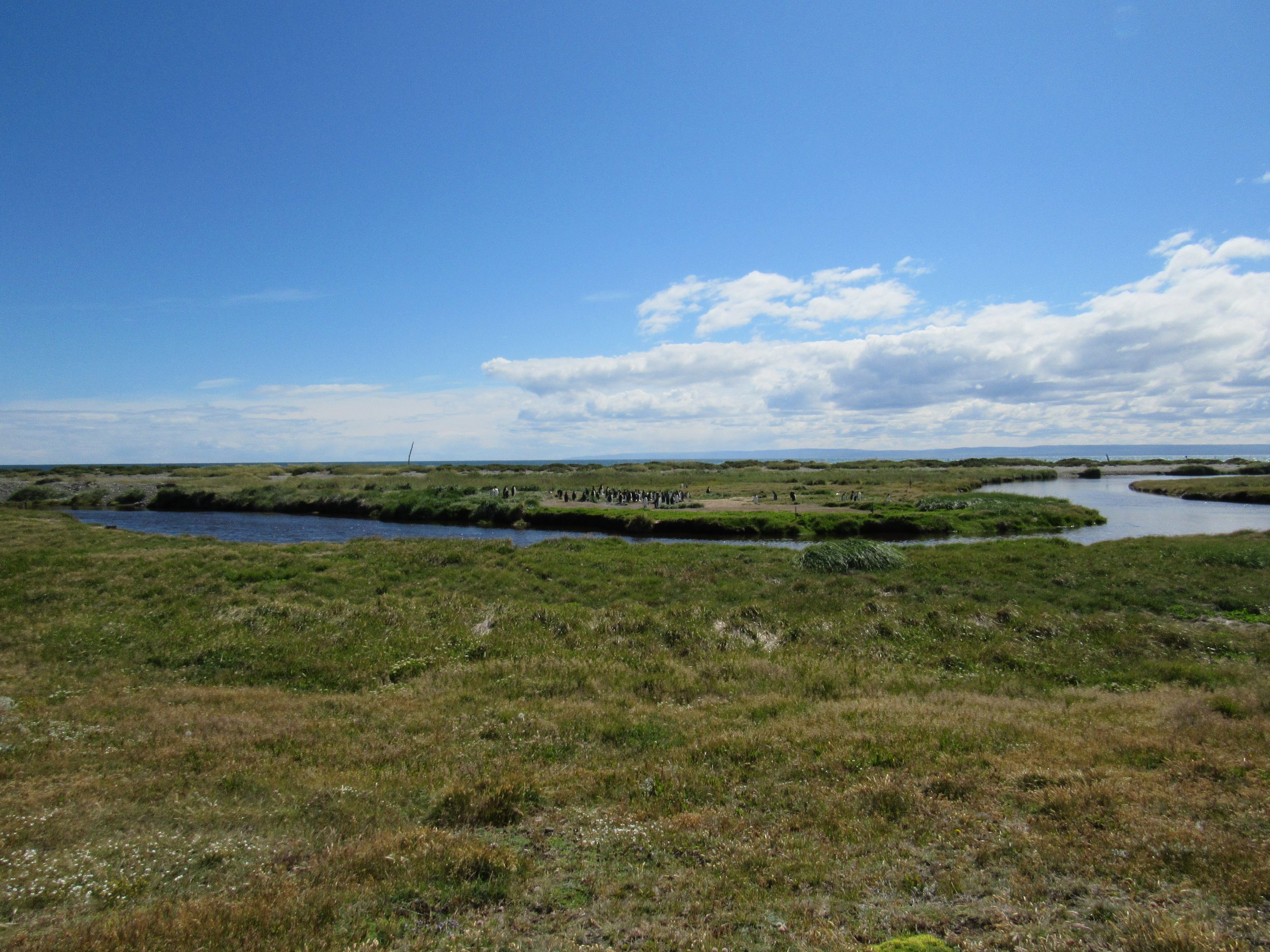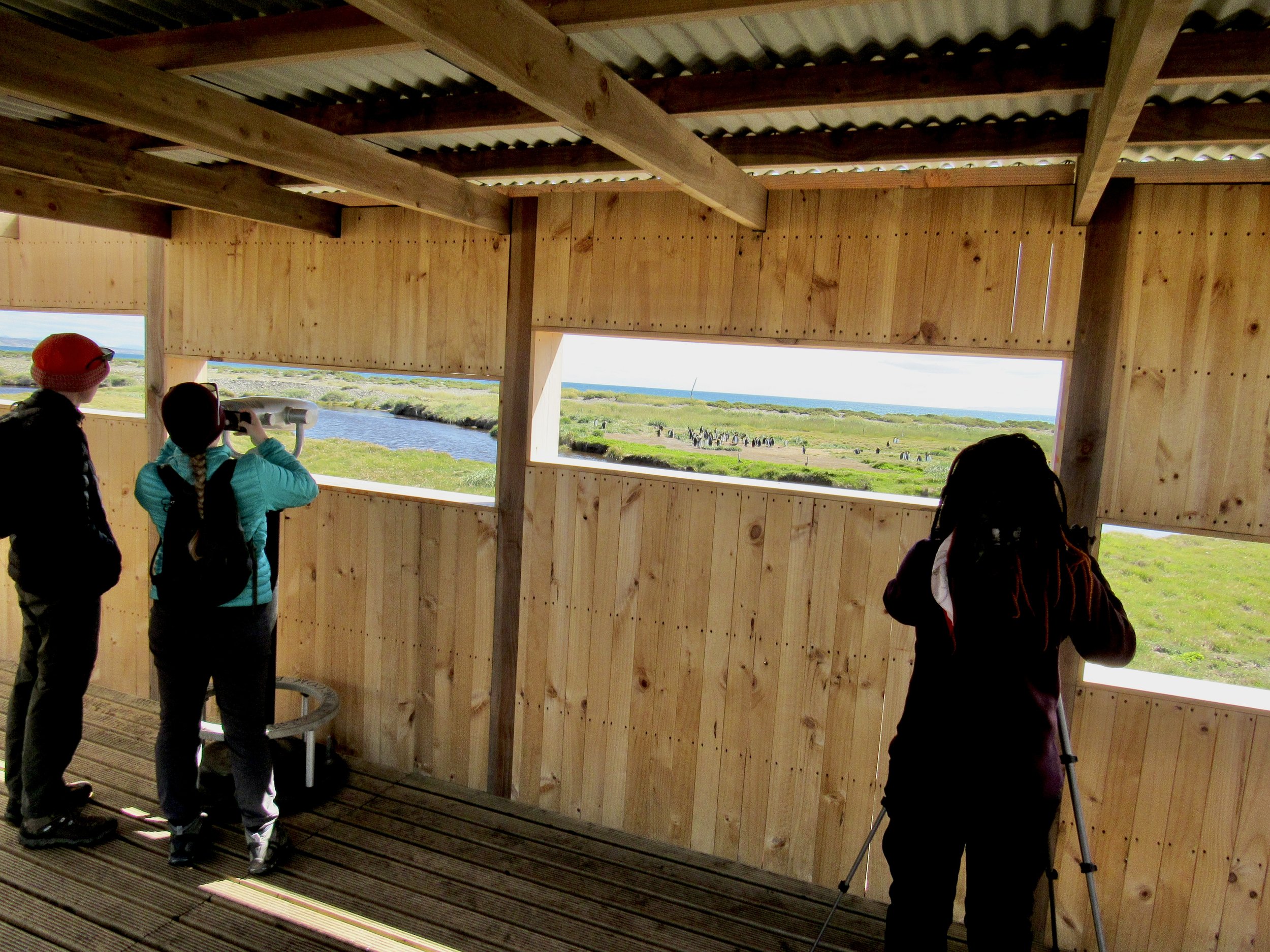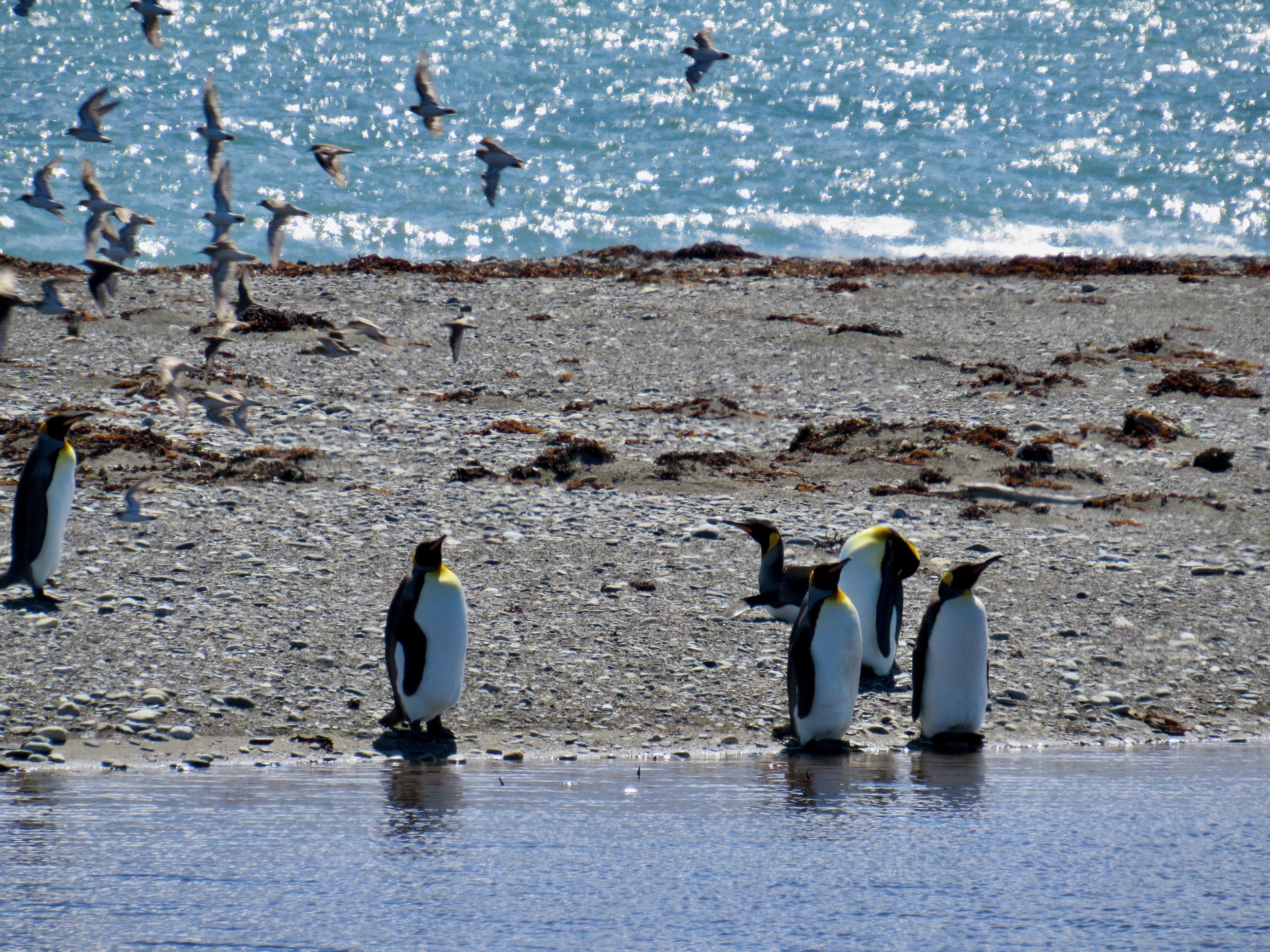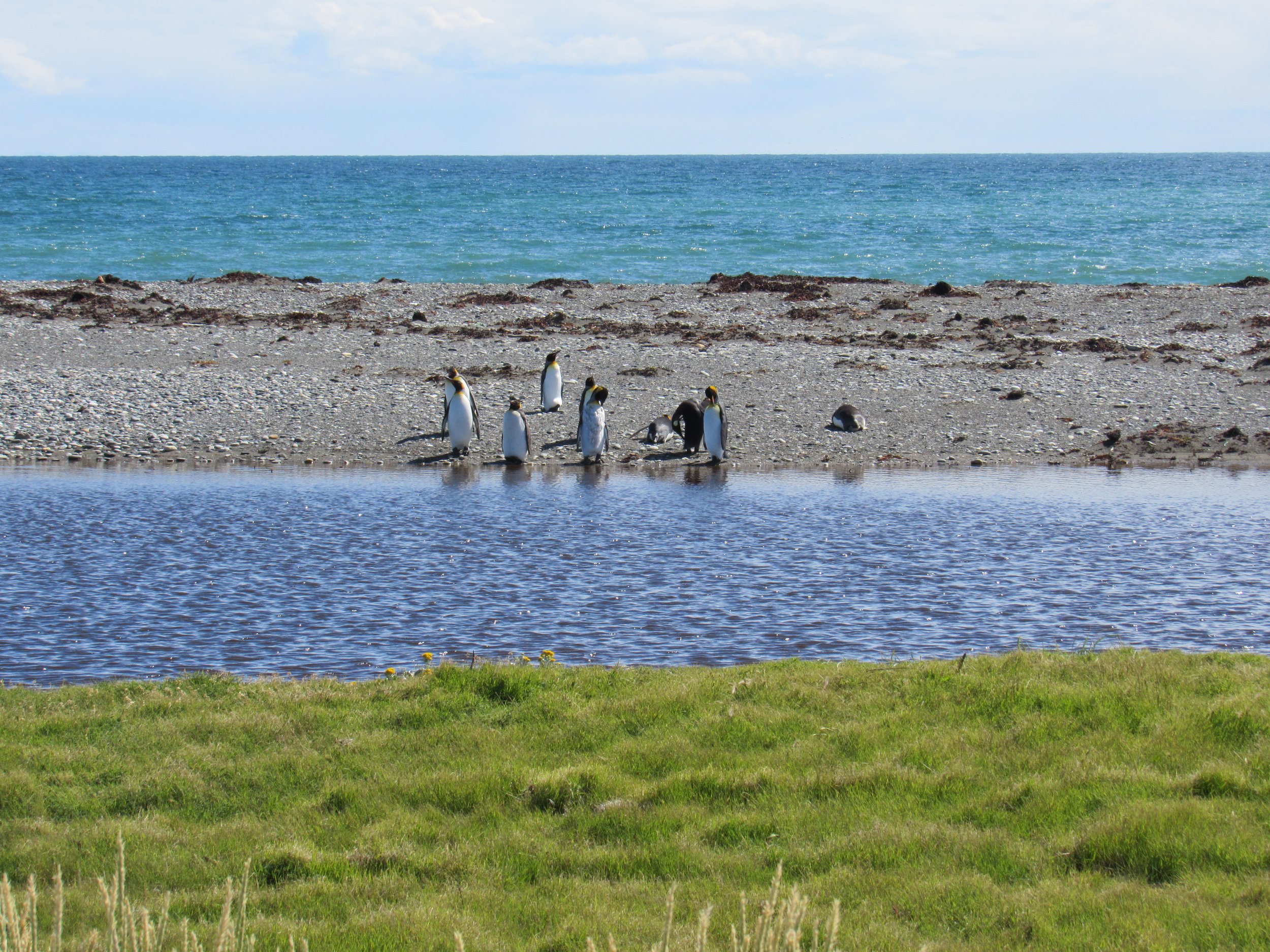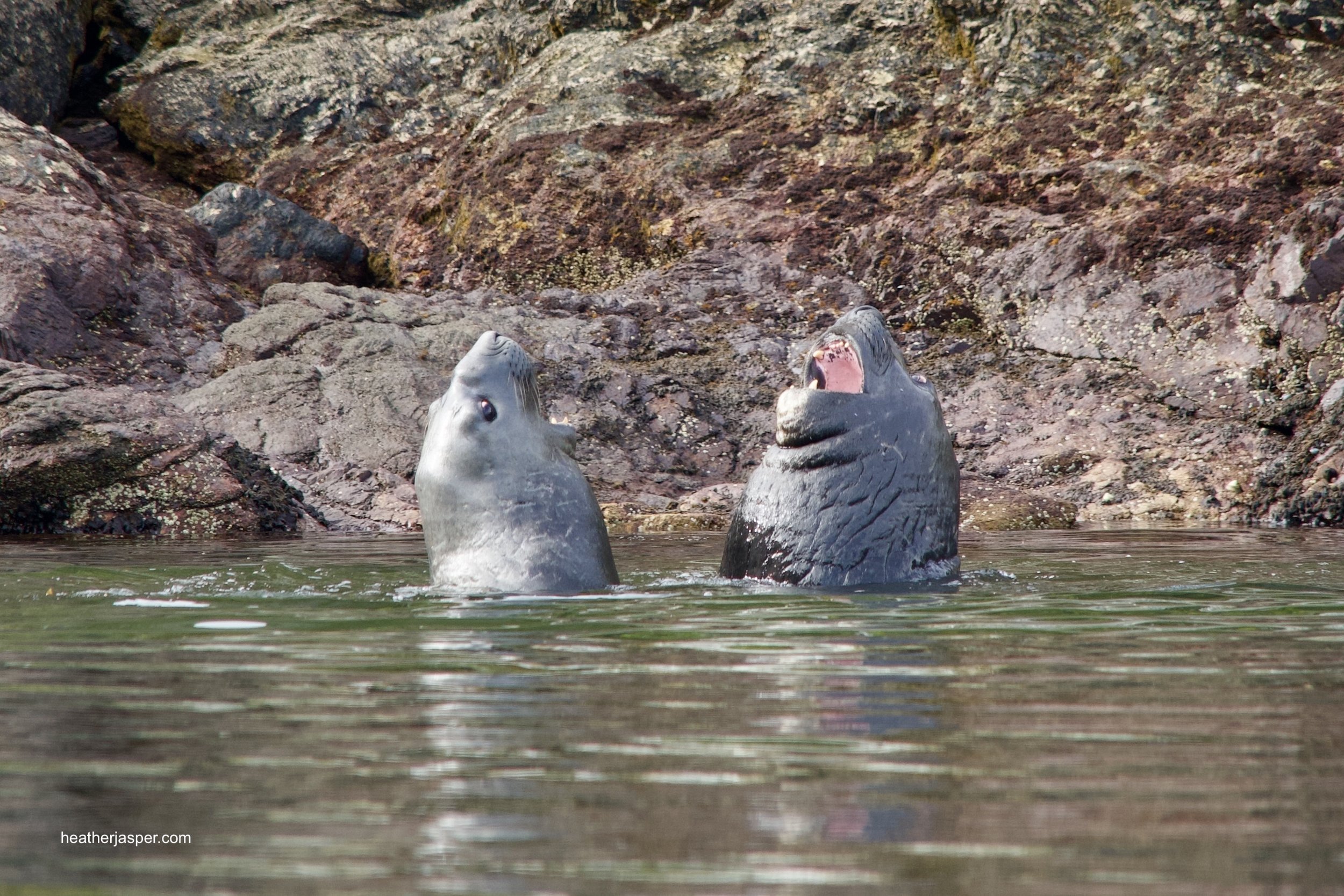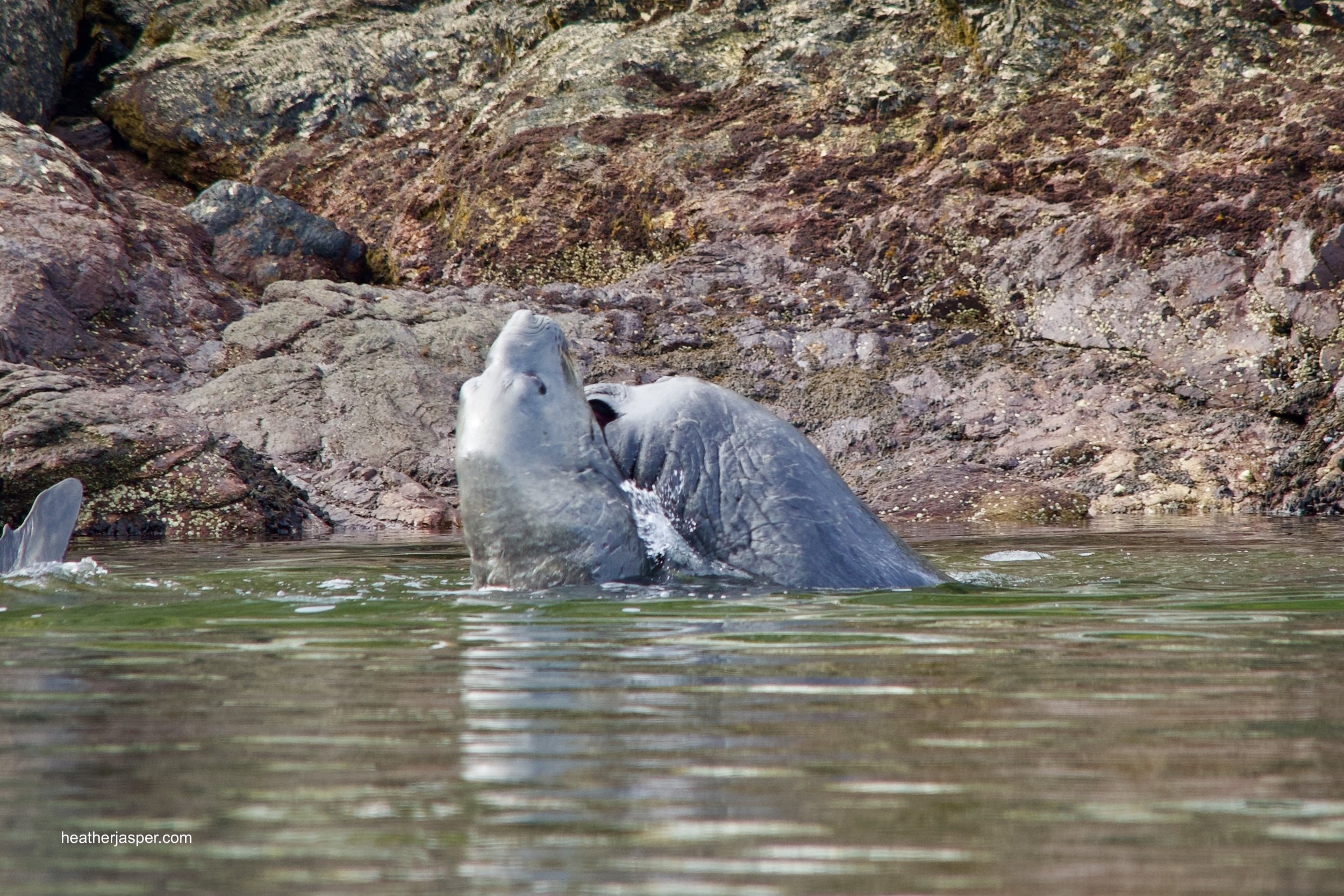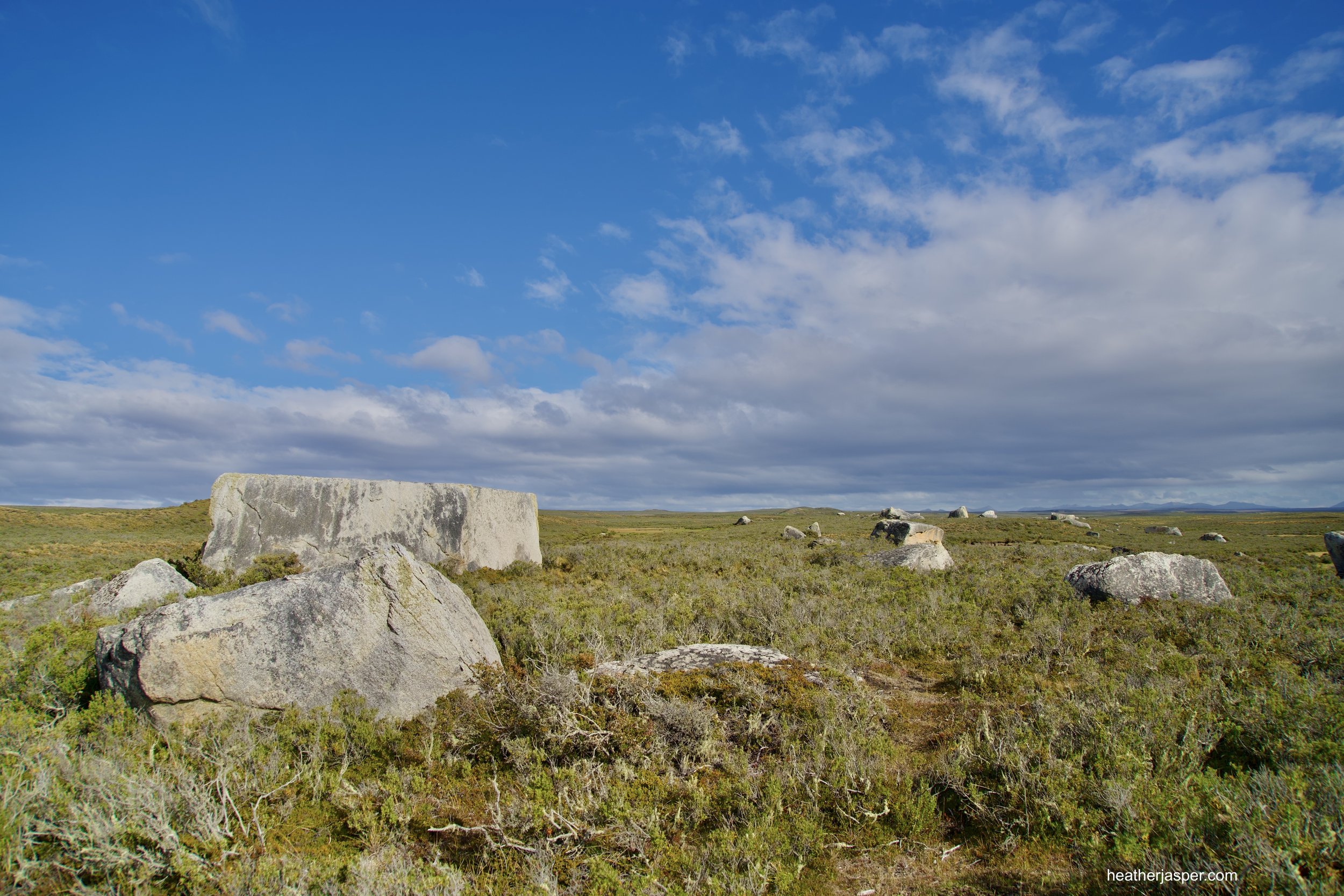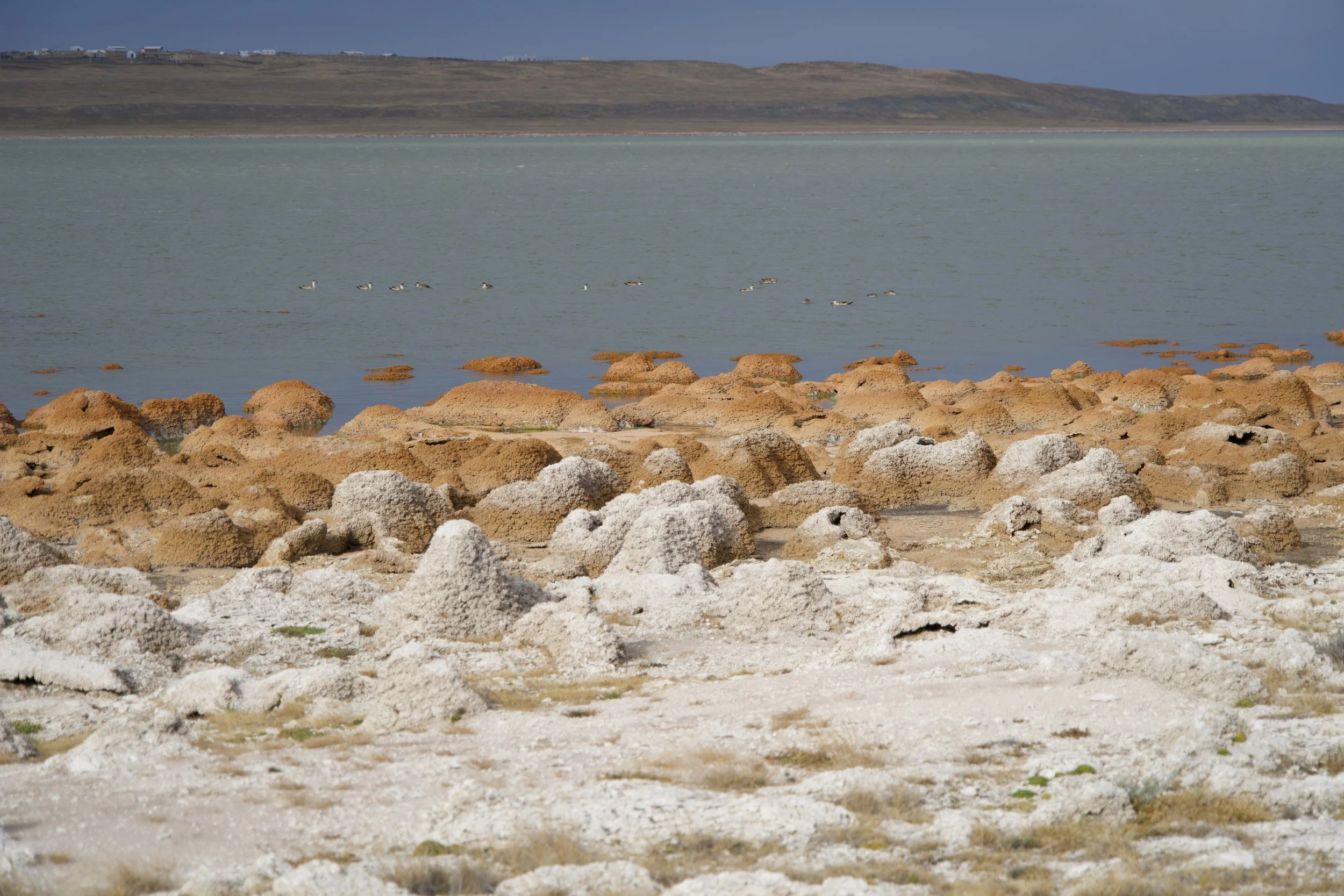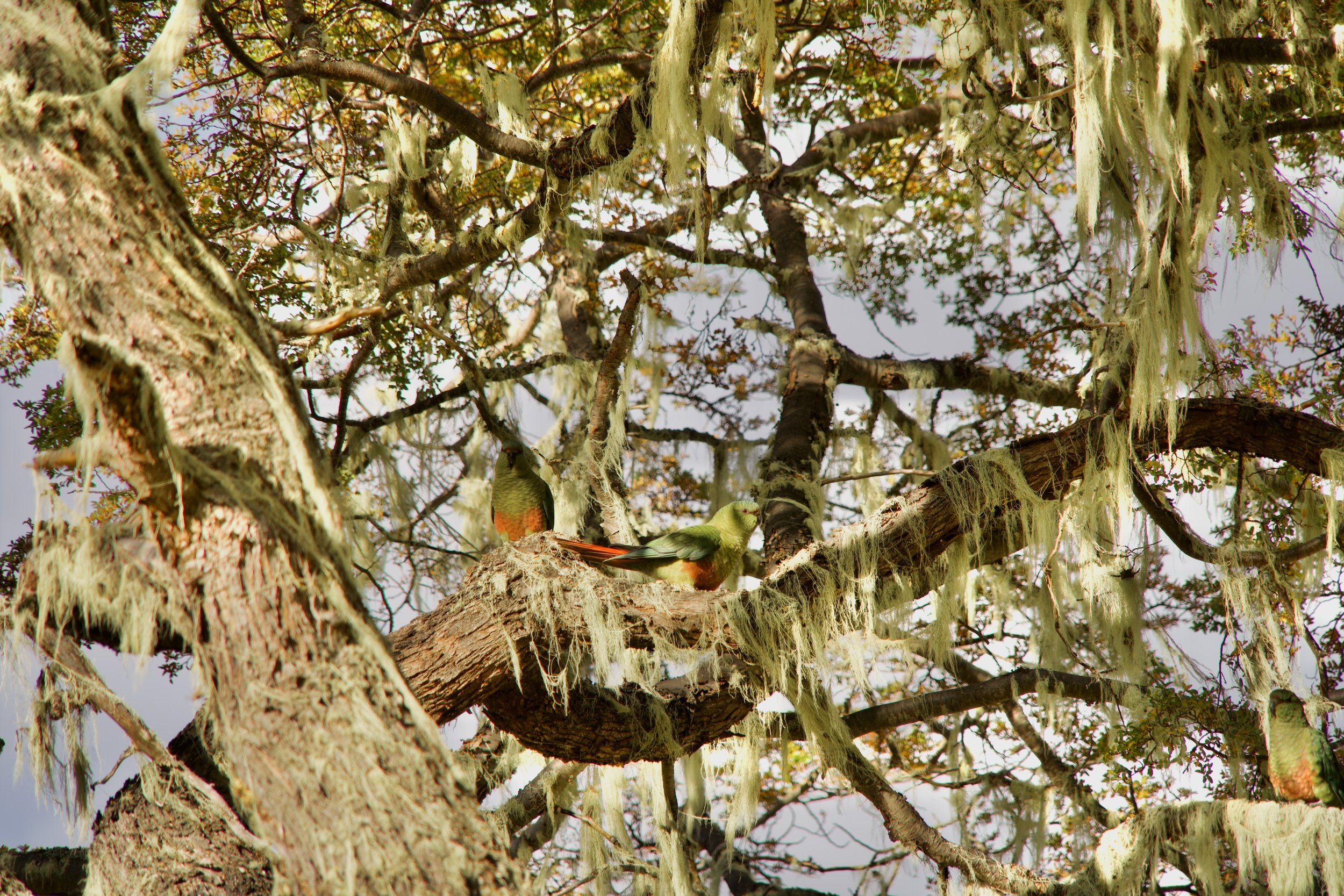Chile: Natural History of Tierra del Fuego
There are several books written about the natural history of Tierra del Fuego, but it’s so fascinating that I have to at least offer a bit of information.
The vast majority of visitors to Tierra del Fuego just come to see the King Penguin colony, almost two hours south of Porvenir. You do need a good telephoto lens if you want to take decent photos, though. Click through mine and you’ll see the blind where people can stand to see the penguins. You’re not very close to them but you will have a great view. Be warned that you need a reservation! It is booked most of the year and you should make plans a minimum of two weeks in advance. Click on Book Your Ticket on their website.
The penguins are amazing and something that everybody with the opportunity should absolutely visit. However, you shouldn’t stop there. The island has many wonderful places to visit and I recommend at least a week to see just the highlights.
Guanacos
Not llamas, but guanacos! You will see guanacos everywhere on Tierra del Fuego. Since people now prefer to eat beef or mutton, they are not hunted as they once were and they are everywhere.
Beaver Damage at Lago Fagnano
As beautiful as this landscape is, there is a section of dead trees in the foreground, killed by beavers. While trees in North America have adapted to beavers over the millennia, trees in South America have only had to contend with beavers since the 1940s. This means that beavers are wrecking havoc on the landscape.
The introduction of ten breeding pairs of beavers from Canada was supposed to be an economic investment in the fur trade. Unfortunately, the project died and the beavers prospered. The damage they’re doing is drastic and best described in this National Geographic article about the beavers of Tierra del Fuego.
Southern Elephant Seals are the largest of all seals. Males (like the two above) can be over 20 feet long and weigh up to 8,820 pounds. I’ve been in boats significantly smaller than that. The inflatable zodiac that I was sitting in to take these photos was much smaller. I went to see them with Pechuga of Viejo Lobo de Mar Expeditions. We kept our distance and the seals completed ignored us.
Darwin’s Glacial Erratics
These massive blocks of granite were dropped here by a receding glacier, millennia ago. Charles Darwin saw them in 1832 and had his own, interesting theory about how they got there.
Stromatolites
They look like a geologic formation, but are actually built by organisms that can be compared to freshwater coral. This is the best article I’ve read on stromatolites and it explains that human life exists because of the oxygen that stromatolites put in the atmosphere millions of years ago!
Black-browed Albatross
The albatross has a wingspan of up to eight feet, which is usually their most visible characteristic. They land as infrequently as possible because it takes so much work to get up in the air again. This albatross was swimming near an island in Almirantazgo Fjord where albatross nest, one of the few times in their life that they ever come to land.
Crested (Southern) Caracara
These birds of prey are all over the island and all over the Americas. They live from the southern United States al the way down to Tierra del Fuego. They’re quite different from the mountain Caracara that you would see in Peru.
Austral Parakeets
These parakeets live farther south than any other member of the parrot family. When I heard them, and saw how they flocked I thought it strange that any bird so close to Antarctica would sound and behave like parrots. I can still hardly believe that there is a species of parakeet that lives in Tierra del Fuego.
Recommended guides
For boat tours of glaciers in Tierra del Fuego, contact Viejo Lobo de Mar Expediciones on Instagram or vldmexpediciones@gmail.com
For personalized tours anywhere in the region, contact KaNaturaleza kanaturaleza@gmail.com or WhatsApp+56923960855
KaNaturaleza owners Katalina Carretta & Ignacio Carrasco have three Instagram accounts @katarukinka @nachoexplorador @kanaturaleza

